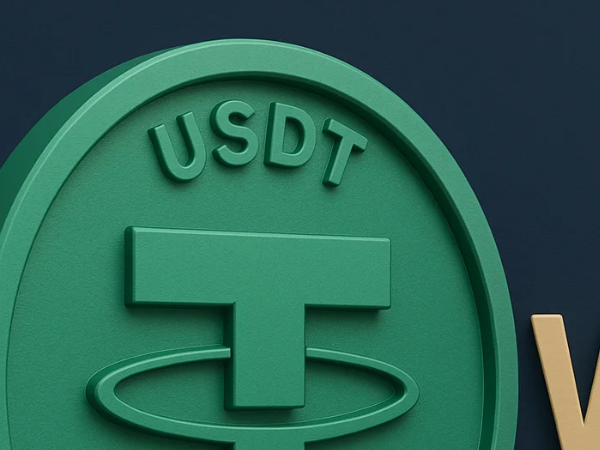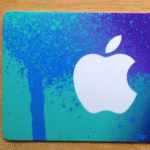USDT vs USDC: The Ultimate 2025 Stablecoin Comparison
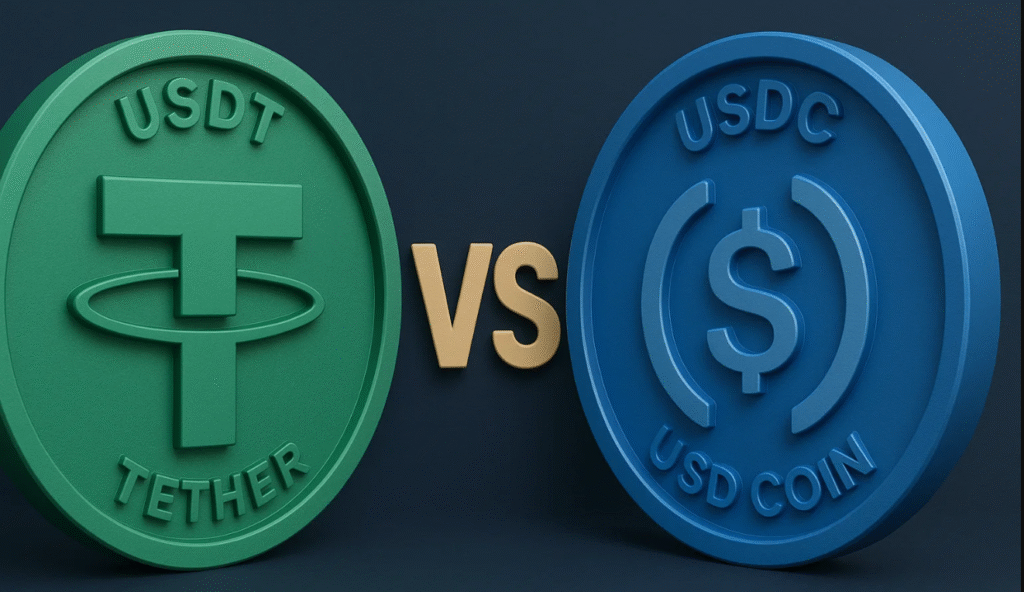
The crypto market can be a wild ride — prices rise and fall within hours, making it tough to keep your money stable. That’s where stablecoins come in. They act as a bridge between regular money (like U.S. dollars) and digital currencies, giving traders a safe place to park their funds without leaving the crypto world. When it comes to stablecoins, the USDT vs USDC debate is one of the biggest in 2025. Both are designed to stay equal to one U.S. dollar, but they aren’t the same.
What Are Stablecoins and Why Do They Matter?
Stablecoins are digital assets designed to maintain a stable value relative to a fiat currency, usually the U.S. dollar. They’re crucial for:
- Reducing volatility during market swings.
- Facilitating faster global payments.
- Powering DeFi (Decentralized Finance) applications.
- Acting as a haven when crypto markets crash.
Without stablecoins like USDT and USDC, trading and transferring crypto would be far less efficient.
Understanding USDT (Tether)
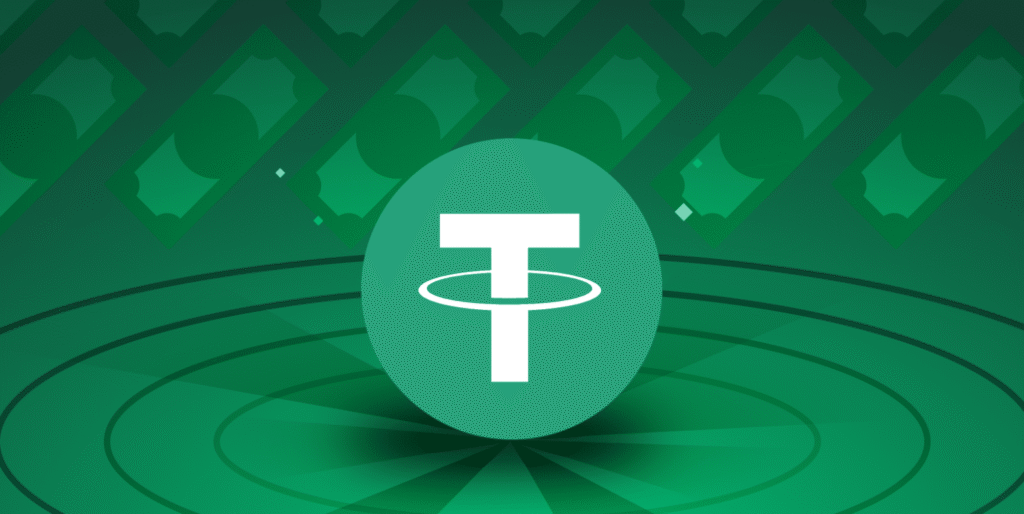
What Is USDT and How Does It Work?
USDT (Tether) is the oldest and most traded stablecoin, launched in 2014. It’s designed to maintain a 1:1 peg with the U.S. dollar. For every USDT issued, Tether claims to hold an equivalent reserve in cash or cash-equivalent assets. USDT operates across multiple blockchains, including Ethereum, Tron, Solana, and Avalanche, making it highly versatile for transactions.
The History and Development of Tether
Tether Limited introduced USDT as one of the first solutions to bring price stability to the cryptocurrency world. Despite controversies around its reserves, USDT remains the most traded crypto asset, often surpassing Bitcoin in daily volume.
USDT’s Reserve Structure and Backing
Originally, Tether claimed each USDT was backed by one U.S. dollar. However, investigations revealed that the reserves also included commercial paper, secured loans, and other assets. Tether now publishes quarterly assurance reports showing a majority of reserves in U.S. Treasury Bills, improving transparency.
Transparency and Audit Concerns Around USDT
Tether has faced regulatory scrutiny from the New York Attorney General and other authorities for misleading reserve statements. While it has since improved its disclosures, it still lacks full third-party audits — a point critics emphasize when comparing USDT vs USDC.
Understanding USDC (USD Coin)
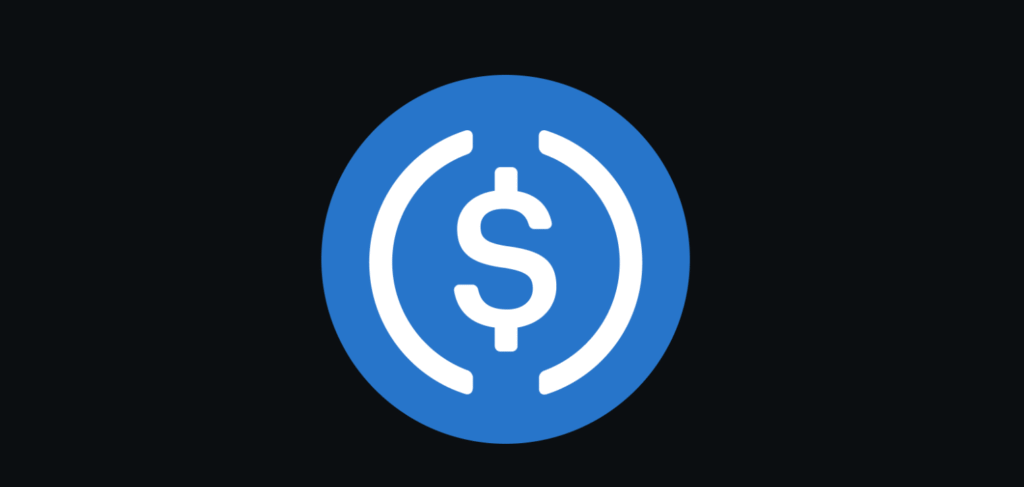
What Is USDC and How Does It Work?
USDC was launched in 2018 by Circle in partnership with Coinbase. Like USDT, it aims to stay pegged to the U.S. dollar at a 1:1 ratio. However, USDC distinguishes itself with transparency and regulatory compliance, making it the preferred choice for institutional investors.
The Role of Circle and Coinbase in USDC’s Growth
Circle and Coinbase co-manage USDC through the Centre Consortium, ensuring strong governance and compliance with U.S. financial laws. Their approach has earned them credibility among regulators and large corporations.
USDC’s Reserve Audits and Regulation
Unlike USDT, USDC’s reserves are audited monthly by reputable accounting firms like Grant Thornton LLP. All reserves are held in cash and short-term U.S. Treasuries, ensuring full backing and regulatory alignment.
USDT vs USDC: Key Differences Explained
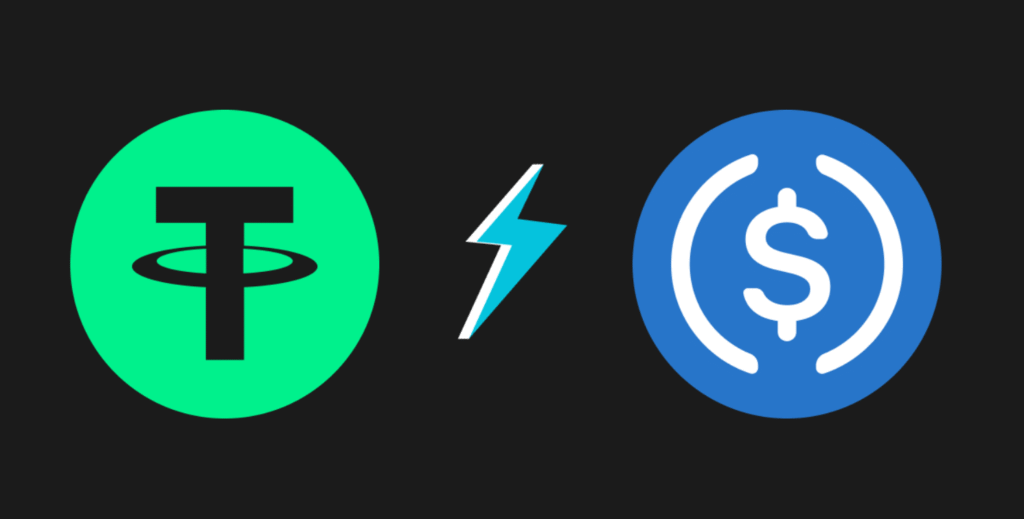
| Feature | USDT (Tether) | USDC (USD Coin) |
| Launch Year | 2014 | 2018 |
| Issuer | Tether Limited | Circle & Coinbase |
| Regulation | Offshore (less regulated) | U.S.-regulated |
| Transparency | Limited audits | Monthly audits |
| Reserves | Mix of assets | 100% cash & Treasuries |
| Adoption | Widely used globally | Favored by institutions |
| Networks Supported | Many (Tron, Ethereum, etc.) | Ethereum, Solana, Polygon, more |
1. Transparency and Regulation
USDC is more transparent and compliant with U.S. laws. USDT, while dominant, has a less transparent structure and faces ongoing regulatory pressure.
2. Adoption and Market Liquidity
USDT boasts broader adoption, especially in Asia and emerging markets, due to its liquidity and lower transaction costs. USDC, on the other hand, dominates regulated exchanges and DeFi platforms.
3. Security and Trustworthiness
USDC is backed by regulated U.S. institutions, making it more trustworthy for conservative investors. USDT’s offshore operations pose slightly higher counterparty risk.
4. Transaction Fees and Speed
On certain blockchains like Tron, USDT transactions are nearly fee-free and instant, making it attractive for large transfers. USDC’s Ethereum-based transfers can be more expensive due to gas fees, though newer networks like Base and Solana are reducing costs.
5. Blockchain Compatibility and Ecosystem Reach
Both coins are multi-chain compatible, but USDT supports more blockchains, increasing accessibility worldwide.
Which Is Safer: USDT or USDC?
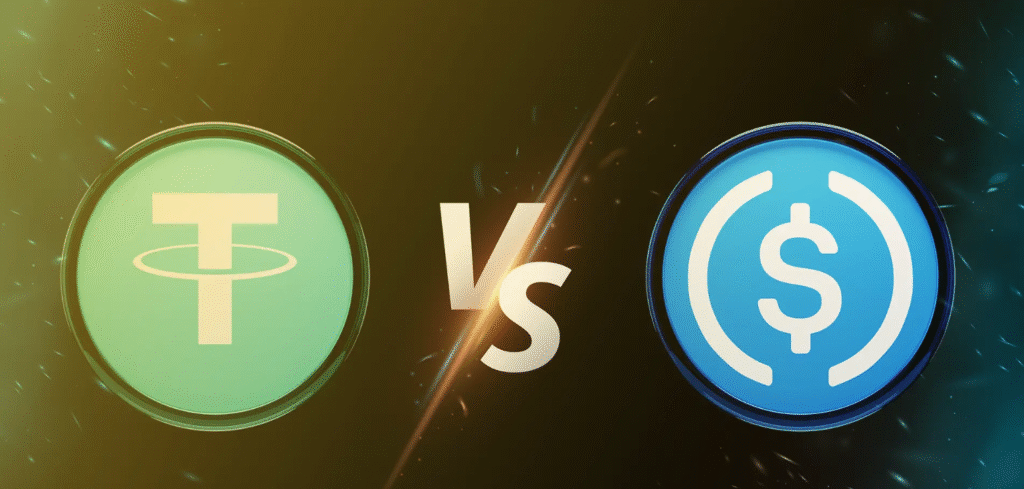
Safety is the cornerstone of stablecoin adoption. Users want assurance that each token can always be redeemed for one U.S. dollar without risk of depegging or insolvency. When comparing USDT vs USDC, safety depends on three main factors: regulation, transparency, and market behavior.
Risk Factors to Consider Before Choosing
- Reserve Backing:
USDC’s reserves are 100% cash and short-term U.S. Treasuries, held with U.S. financial institutions.
USDT’s reserves include a broader range of assets, including secured loans and other instruments, which may expose it to higher risk in turbulent markets. - Depeg Events:
In March 2023, USDC briefly depegged due to exposure to Silicon Valley Bank (SVB), but it quickly recovered after government intervention.
USDT, despite facing multiple rumors of instability, has maintained its peg remarkably well in most market conditions.
Best Scenarios for Using USDT
- High-Frequency Trading:
USDT’s deep liquidity across major exchanges like Binance, OKX, and Bybit makes it perfect for traders. - Cross-Border Transfers:
On networks like Tron, USDT transfers are instant and cheap, ideal for international remittances. - Emerging Markets:
In countries with unstable fiat currencies, USDT acts as a digital dollar alternative for savings and payments. - Wider Exchange Support:
Nearly every crypto platform supports USDT, giving it an unmatched global reach.
Best Scenarios for Using USDC
- DeFi Lending and Yield Farming:
Platforms like Aave, Compound, and Curve often prefer USDC due to its regulatory credibility. - Corporate and Institutional Usage:
Businesses and funds looking for transparent and compliant digital dollars lean toward USDC. - US-Based Exchanges:
Exchanges like Coinbase and Kraken promote USDC for its regulated structure. - CBDC Integration:
USDC’s transparency makes it an ideal candidate for future integration with digital dollar initiatives.
The Future of Stablecoins in 2025 and Beyond
The landscape for stablecoins is evolving rapidly, driven by global regulation and technological innovation. Here’s what to expect:
Regulation Trends Affecting Stablecoins
Governments are now demanding clear disclosures and compliance frameworks for stablecoins.
In 2025, U.S. lawmakers proposed a Stablecoin Regulation Act, focusing on:
- Mandatory reserve audits
- Consumer protection rules
- Ban on uncollateralized stablecoins
Central Bank Digital Currencies (CBDCs) vs Stablecoins
CBDCs like the Digital Dollar or Digital Euro may compete with private stablecoins. However, USDT and USDC are still expected to coexist by offering:
- Faster innovation
- Cross-chain compatibility
- Global accessibility
Pros and Cons Summary Table: USDT vs USDC
| Category | USDT (Tether) | USDC (USD Coin) |
| Transparency | Medium – Periodic attestations | High – Monthly audits |
| Regulation | Offshore jurisdiction | U.S.-regulated |
| Adoption | Extremely high | Moderate but growing |
| Liquidity | Very deep | Slightly less |
| Speed & Fees | Lower on Tron | Variable by network |
| Safety Level | Moderate | Very high |
| Best For | Trading & global transfers | DeFi & compliance |
Conclusion: Making the Smart Choice Between USDT and USDC
In the USDT vs USDC debate, there’s no one-size-fits-all answer. Each stablecoin offers distinct benefits:
- Choose USDT if you want massive liquidity, faster transactions, and worldwide acceptance.
- Choose USDC if you prioritize regulatory compliance, transparency, and trust..
FAQs About USDT vs USDC
1. Which is more trustworthy, USDT or USDC?
USDC is generally seen as more trustworthy due to regular audits and U.S. regulation. However, USDT has maintained stability for years, proving its reliability in practice.
2. Can I earn interest using USDT or USDC?
Yes, both can be used in DeFi platforms or centralized exchanges to earn yield through lending or staking. However, always research platform security before locking funds.
3. Are both stablecoins equally safe on exchanges?
Safety depends on the exchange’s reputation and wallet security. Always use hardware wallets or regulated exchanges for maximum protection.
4. Is it possible for USDT or USDC to lose their peg?
Both have briefly deviated from $1 during market stress, but they’ve always recovered quickly. Extreme scenarios are rare but possible.
5. Which is better for DeFi transactions?
USDC dominates in DeFi protocols due to its transparency and lower regulatory risk. Many DeFi apps prefer USDC as collateral.
6. Will USDC replace USDT in the future?
While USDC may gain more regulatory favor, USDT’s global dominance and network reach make it unlikely to be replaced soon. Instead, both will likely coexist, serving different audiences.
